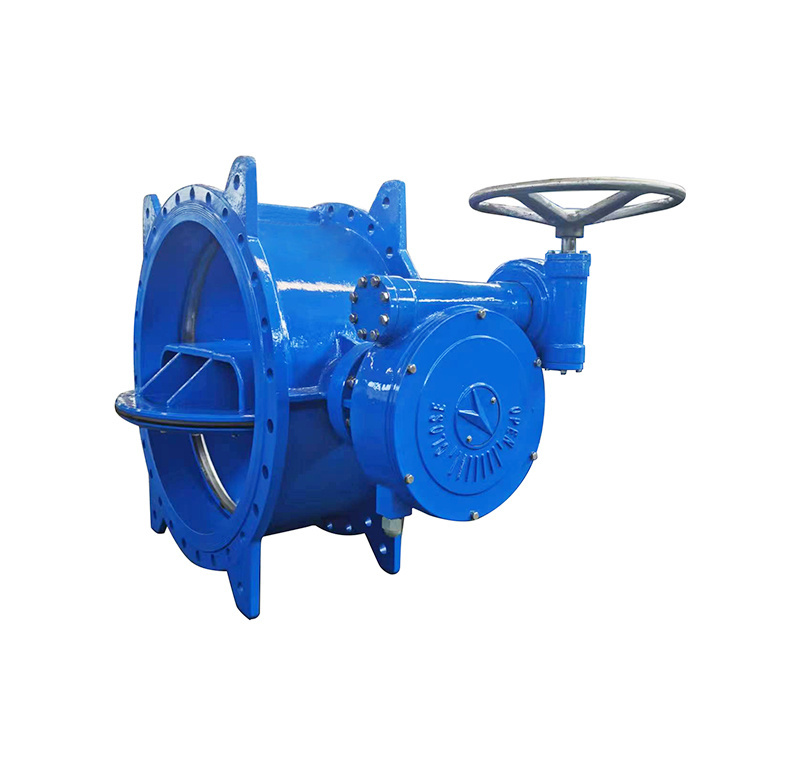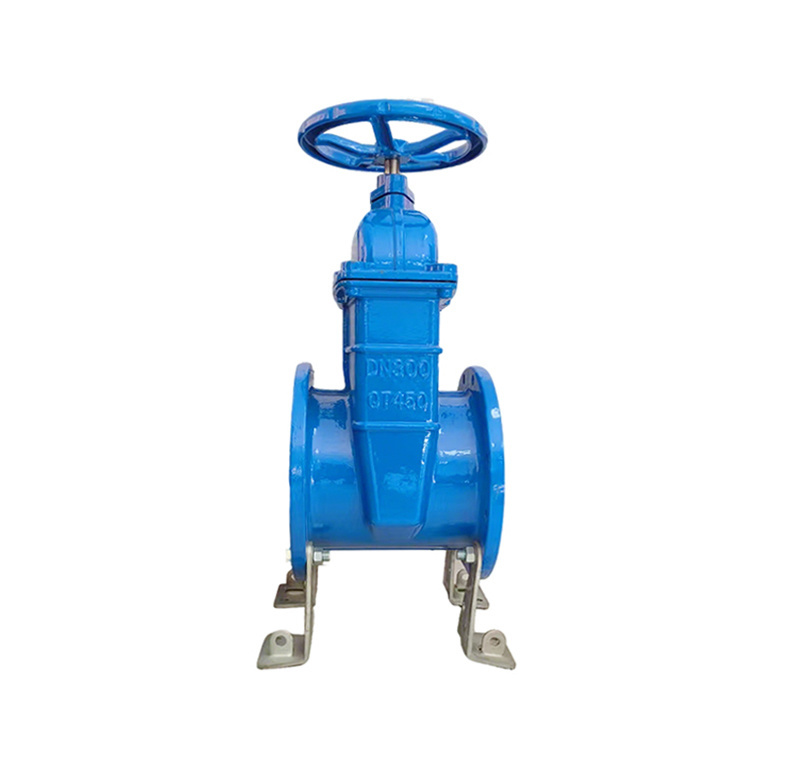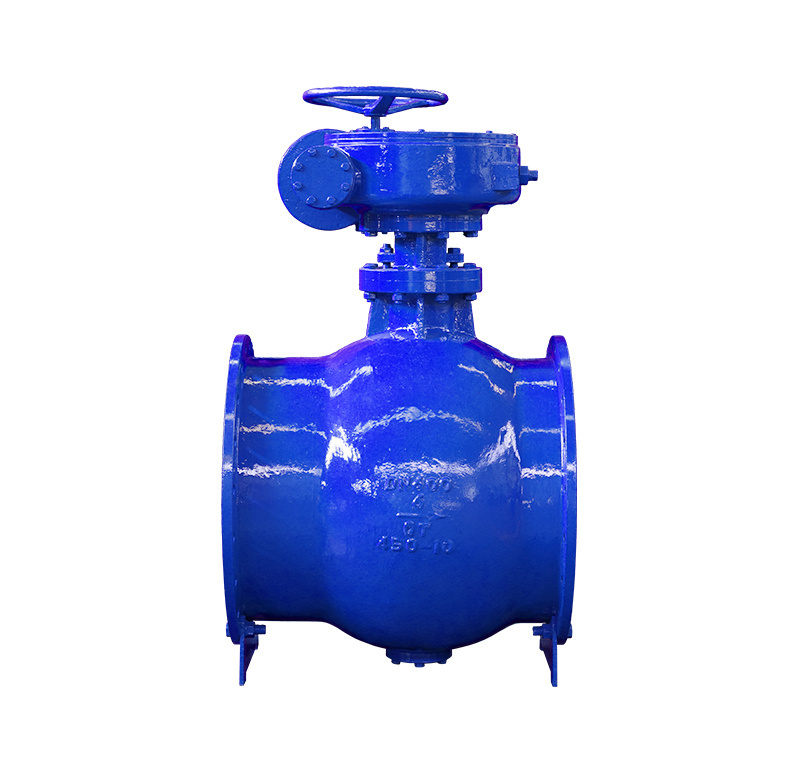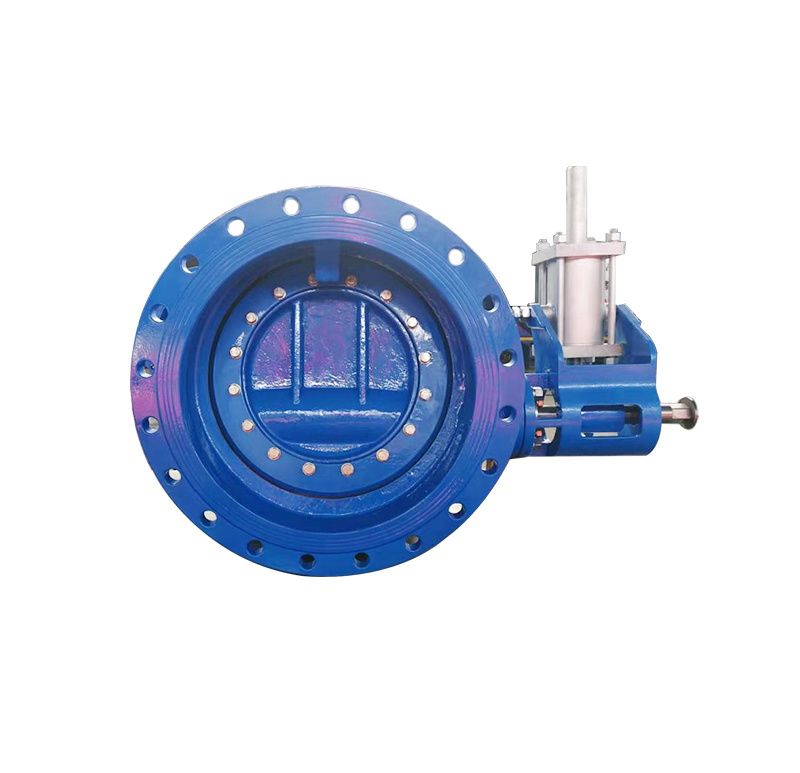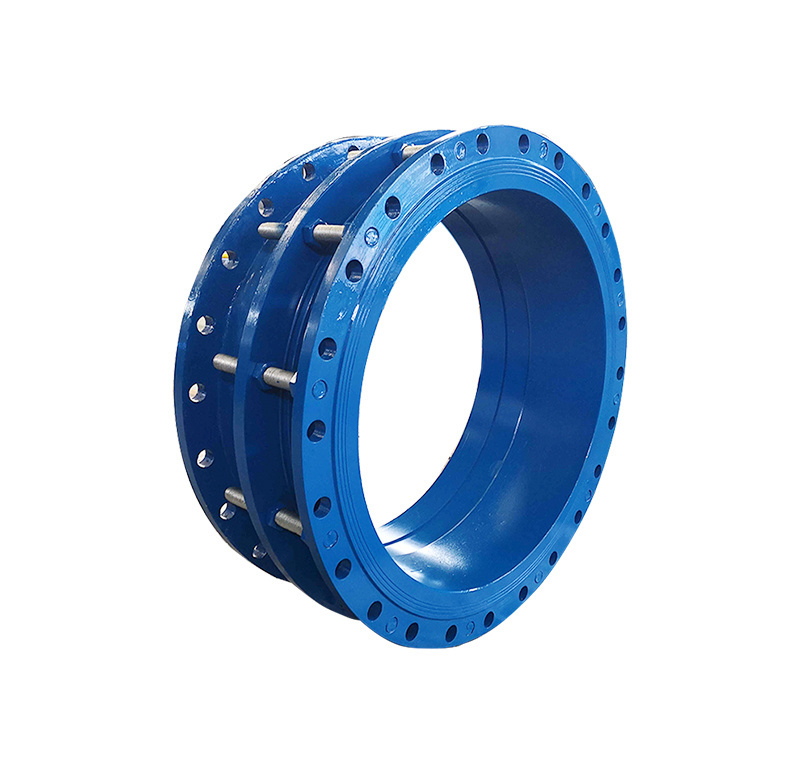Understanding the Importance and Functionality of Steel Plant Butterfly Valves
In the realm of industrial equipment, especially within steel plants, butterfly valves are indispensable components that facilitate fluid control within piping systems. A butterfly valve is a type of quarter-turn valve that consists of a rotating disc, which acts as a throttling mechanism to regulate flow. This type of valve is favored in various applications due to its efficient design and operat
In the realm of industrial equipment, especially within steel plants, butterfly valves are indispensable components that facilitate fluid control within piping systems. A butterfly valve is a type of quarter-turn valve that consists of a rotating disc, which acts as a throttling mechanism to regulate flow. This type of valve is favored in various applications due to its efficient design and operational advantages.
Steel plant butterfly valves are specifically engineered to handle the demanding conditions typically found in steel manufacturing environments. These valves are designed to resist high temperatures, corrosive materials, and high-pressure systems, making them suitable for processes involving liquids, gases, and slurries. The materials used in their construction—such as stainless steel or carbon steel—ensure longevity and reliability, crucial for maintaining uninterrupted operations in a steel plant.
One of the standout features of butterfly valves is their space-efficient design. Unlike gate or globe valves, which require more room for operation, a butterfly valve can be installed in tighter spaces. This makes them ideal for various applications within a steel plant, where available space may be limited. Additionally, the lightweight nature of butterfly valves simplifies the installation process and reduces the overall burden on supporting structures.
From a functional perspective, steel plant butterfly valves offer excellent flow control and quick shut-off capabilities. The disc's position determines the flow rate; fully opened, the valve allows maximum flow, while closing it can swiftly stop the flow. This responsiveness is crucial in industrial settings where rapid adjustments to flow are often necessary to maintain production efficiency and safety.
Moreover, steel plant butterfly valves can be operated manually or automated, enhancing their versatility. Automated valves can be integrated into control systems, allowing for precise flow management and monitoring, thus supporting the goals of modern smart manufacturing.
Another significant advantage is the low maintenance requirements of butterfly valves. Their simple design minimizes wear and tear, and regular checks can often be conducted with minimal downtime. This factor is particularly beneficial in a steel plant, where equipment reliability is paramount to avoid costly interruptions in production.
In conclusion, steel plant butterfly valves are integral to the smooth operation of industrial processes within the steel manufacturing sector. Their robust design, efficient flow management capabilities, and ease of maintenance make them a preferred choice among engineers and operators. Understanding the importance of these valves can lead to better decision-making in equipment selection and operational strategies for enhancing productivity and safety in steel plants.
Steel plant butterfly valves are specifically engineered to handle the demanding conditions typically found in steel manufacturing environments. These valves are designed to resist high temperatures, corrosive materials, and high-pressure systems, making them suitable for processes involving liquids, gases, and slurries. The materials used in their construction—such as stainless steel or carbon steel—ensure longevity and reliability, crucial for maintaining uninterrupted operations in a steel plant.
One of the standout features of butterfly valves is their space-efficient design. Unlike gate or globe valves, which require more room for operation, a butterfly valve can be installed in tighter spaces. This makes them ideal for various applications within a steel plant, where available space may be limited. Additionally, the lightweight nature of butterfly valves simplifies the installation process and reduces the overall burden on supporting structures.
From a functional perspective, steel plant butterfly valves offer excellent flow control and quick shut-off capabilities. The disc's position determines the flow rate; fully opened, the valve allows maximum flow, while closing it can swiftly stop the flow. This responsiveness is crucial in industrial settings where rapid adjustments to flow are often necessary to maintain production efficiency and safety.
Moreover, steel plant butterfly valves can be operated manually or automated, enhancing their versatility. Automated valves can be integrated into control systems, allowing for precise flow management and monitoring, thus supporting the goals of modern smart manufacturing.
Another significant advantage is the low maintenance requirements of butterfly valves. Their simple design minimizes wear and tear, and regular checks can often be conducted with minimal downtime. This factor is particularly beneficial in a steel plant, where equipment reliability is paramount to avoid costly interruptions in production.
In conclusion, steel plant butterfly valves are integral to the smooth operation of industrial processes within the steel manufacturing sector. Their robust design, efficient flow management capabilities, and ease of maintenance make them a preferred choice among engineers and operators. Understanding the importance of these valves can lead to better decision-making in equipment selection and operational strategies for enhancing productivity and safety in steel plants.









